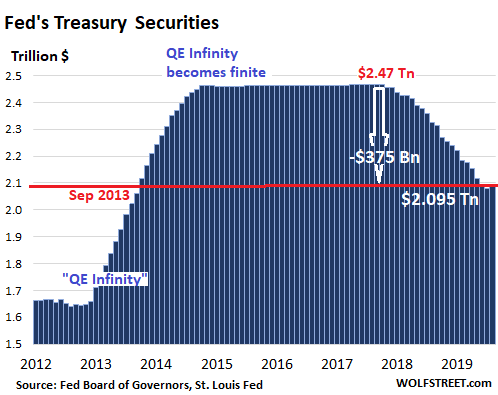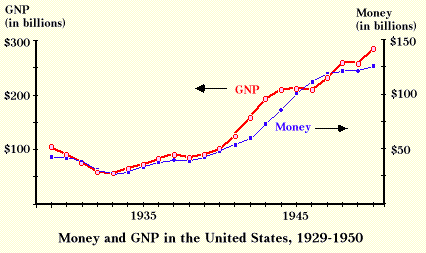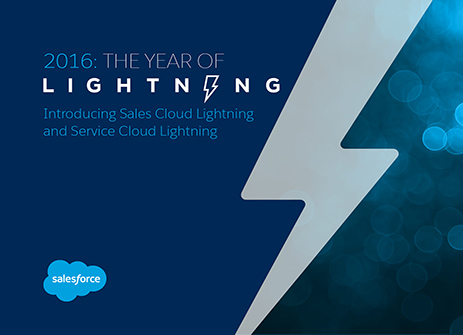-
May 25, 2020
- Posted by: MikeIgbokwe
Contents:


Close the gaps left in critical finance and accounting processes with minimal IT support. Our solutions complement SAP software as part of an end-to-end offering for Finance & Accounting. BlackLine solutions address the traditional manual processes that are performed by accountants outside the ERP, often in spreadsheets. To respond and lead amid supply chain challenges demands on accounting teams in manufacturing companies are higher than ever. Guide your business with agility by standardizing processes, automating routine work, and increasing visibility.

Working capital, post closing trial balance flows, collections opportunities, and other critical metrics depend on timely and accurate processes. Ensure services revenue has been accurately recorded and related payments are reflected properly on the balance sheet. Companies use reconciliation to prevent balance sheet errors on their financial accounts, check for fraud, and to reconcile the general ledger.
Healthcare and Human Services
Bank reconciliations, which reconcile a company’s cash accounts, typically occur more often. It is generally accepted that more frequent account reconciliation helps reduce the risks of material misstatement and loss. Additionally, the account reconciliation task becomes more time-consuming and complicated when it occurs less frequently.

Depending on the size of your business, there are multiple challenges you might face with reconciling accounts across your organization. Many of these challenges revolve around technical expertise and the number of records to reconcile. Lastly, read-only access to BlackLine can be granted to auditors, eliminating the need to provide supporting documentation separately. This self-service approach allows auditors to view completed reconciliations and access the support they need for testing and assessing controls on their own.
Cash Forecasting Software
Because the account reconciliation process forms the foundation of the rest of their work, many finance functions find this to be a good starting point when improving their Record to Report process. Bank errors are mistakes made by the bank while creating the bank statement. Common errors include entering an incorrect amount or omitting an amount from the bank statement. Compare the cash account’s general ledger to the bank statement to spot the errors. Even if you have an outside accounting firm that creates financial statements and prepares tax returns, their records are only as good as the information received from a business’s internal records.
ePayPolicy announces Finance Connect, integrating premium financing with online checkout for insurance companies – Insurance Journal
ePayPolicy announces Finance Connect, integrating premium financing with online checkout for insurance companies.
Posted: Mon, 24 Apr 2023 10:04:48 GMT [source]
More than 4,000 companies of all sizes, across all industries, trust BlackLine to help them modernize their financial close, accounts receivable, and intercompany accounting processes. Account reconciliation is a repetitive, voluminous and time-sensitive process that is ripe for automation. Further, materiality thresholds can be set to ensure that the most significant items are investigated.
Closing Your Books Faster Than Ever Before? Thank Automation
The process is used to find out if the discrepancy is due to a balance sheet error or theft. Documentation review is the most commonly used account reconciliation method. It involves calling up the account detail in the statements and reviewing the appropriateness of each transaction. The documentation method determines if the amount captured in the account matches the actual amount spent by the company. Accountants to explain the difference between two financial records, such as the bank statement and cash book.
How a Saudi-Iranian Reconciliation Aids Israel – besacenter.org
How a Saudi-Iranian Reconciliation Aids Israel.
Posted: Sun, 23 Apr 2023 08:04:07 GMT [source]
Reconciliation is a good business practice that can help the success of a business. If the indirect method is used, then the cash flow from the operations section is already presented as a reconciliation of the three financial statements. Other reconciliations turn non-GAAP measures, such as earnings before interest, taxes, depreciation, and amortization , into their GAAP-approved counterparts.
What Happens Without a Proper Account Reconciliation Process?
While this is a promising development in regard to the future of finance functions and their ability to add value to the overall company, many have begun rushing into automation without first laying the groundwork. Automating any process can increase the speed of the work being completed, but without standardizing the process, there is no guarantee that the process is being done correctly. In other words, some of the organizations are likely just doing the wrong thing faster. Banking and Financial Services Streamline and automate your reconciliation and financial close processes. Outstanding checks are those that have been written and recorded in cash account of the business but have not yet cleared the bank account.
What are the 3 types of reconciliation?
The different types of reconciliation are: Bank reconciliation. Vendor reconciliation. Customer reconciliation.
However, performing account reconciliations against internal sources, like subledgers or intercompany accounts, is still useful. This type of account reconciliation refers to the process by which a company compares its bank account balance as reported in its books to bank statements from its financial institution. Companies can perform bank reconciliations as often as needed to ensure consistency between these documents.
Account Reconciliation FAQs
As a prerequisite to the reconciliation process, subledger transactions from Oracle Payables and Oracle Receivables are imported and accounted in Oracle General Ledger. The General Ledger journal entries are then posted, which updates the General Ledger balances. Reconciliation reports can then be run to start the account reconciliation process. Entrepreneurs, small business owners, and CEOs of large corporations are all responsible for monitoring an organization’s financial health.
- However, performing account reconciliations against internal sources, like subledgers or intercompany accounts, is still useful.
- This eliminates the need for manual data entry, saving you valuable time and effort.
- You will need to check the bank and ledger balances to ensure that there are no short payments, deductions, disputes, and to stop credit facility for defaulting customers.
Review the trial balance report for the general ledger to ensure that the debits equal the credits. If the balance of the debit column does not match the credit column, identify the amount of the difference so that you have an idea of how much the discrepancy is. Account reconciliations can help you identify fraud before it gets out of control, saving you money and avoiding further complications down the line.
Modern Treasury Launches Newly Expanded Reconciliation Engine – PYMNTS.com
Modern Treasury Launches Newly Expanded Reconciliation Engine.
Posted: Mon, 17 Apr 2023 17:53:07 GMT [source]
Financial statements, audits, regulatory and management reports based on a single source of trusted, accurate numbers with guaranteed data integrity. It’s required before month/year-end reports, and financial statements are issued. Datarails helps you build data integrity and visibility so that you can see details and descriptions of your financial records for account reconciliation. Companies with many employees and subsidiaries often struggle with consolidating large numbers of records. If you’re transferring data manually between databases, mistakes are more likely to occur. And the more steps in the process, the more likely the records are to have errors.

With so much financial information in your general ledger, it is important that you have confidence in the accuracy of the balances in each ledger account. The best way to validate that the ledger accounts are correct is through reconciliation. Reconciling ledger accounts means verifying that you can support each transaction and making sure that each transaction posted correctly. If you make reconciliations a part of your monthly closing procedures, you can always be confident in your month-end reporting.
What is an example of reconciliation?
Examples of reconciliations are: Comparing a bank statement to the internal record of cash receipts and disbursements. Comparing a receivable statement to a customer's record of invoices outstanding. Comparing a supplier statement to a company's record of bills outstanding.
When an account is reconciled, the statement’s transactions should match the account holder’s records. For a checking account, it is important to factor in pending deposits or outstanding checks. Although a single-entity small business doesn’t need to consolidate the financial statements of multiple entities, companies engaging in M&A will need to complete a consolidation. Accountants’ consolidation processes may use automated ERP software functionality to combine results and remove intercompany transactions or use spreadsheets. The cash account is reconciled to bank statements rather than a subsidiary journal (sub-ledger) for that account. Accounting software and ERP systems have built-in features and electronic forms to reconcile cash accounts with bank statements.
- Save time, reduce risk, and create capacity to support your organization’s strategic objectives.
- For example, you could download or upload an outdated file or reconcile the wrong accounts.
- As such, a $10,000 timing difference due to an outstanding check should be noted in the reconciliation.
- Providing FP&A teams with the actuals, insights and credibility to play a more strategic role in the organization and using these data to inform smarter business decisions and plans.
The bank reconciliation—or cash reconciliation—is the similarly time-consuming process of reconciling transactions when they exist in your general ledger but not your bank’s reporting systems or vice versa. For example, a check is cashed at the bank before the corresponding journal entry is made in your accounting software. To solve this problem, organizations must improve their internal controls. This can be done by creating a standardized process for account reconciliation and testing controls through financial automation software. Account reconciliation controls are integral to the rest of your financial close — having accurate and timely reporting results in higher efficiency and transparency within your organization.
What is the main purpose of an account reconciliation?
Account reconciliations are activities performed by accountants, typically at the end of an accounting period, to ensure the general ledger account balance is complete and accurate.
What are the four types of reconciliation?
- 1 Deep, mutual healing. The first is the one we long for the most in which both people grow and change, and there is a deep healing in the relationship.
- 2 Shifting your expectations.
- 3 Agreeing to disagree.
- 4 Inner resolution.
